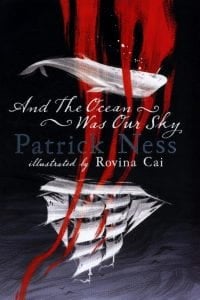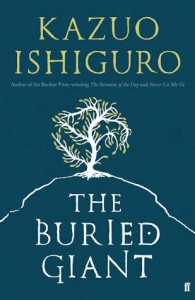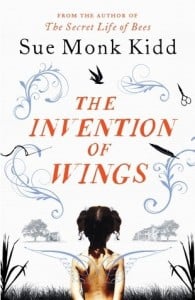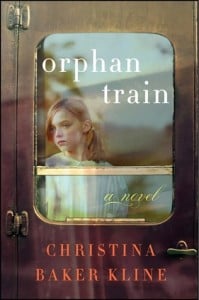 The ‘Night Circus’ begins with an unusual delivery – a 5 year old girl delivered to her estranged father. It sets the tone for a tale filled with magic, mystery and strange happenings – nothing in this story is fully explained, at first.
The ‘Night Circus’ begins with an unusual delivery – a 5 year old girl delivered to her estranged father. It sets the tone for a tale filled with magic, mystery and strange happenings – nothing in this story is fully explained, at first.
Celia’s father is no ordinary father but a master magician. He claims however, that his trade is not in creating illusions, but in performing real magic. As her father’s daughter, Celia becomes involved in a high-stakes competition set up between Prospero and his long term rival – a magician know only by the mysterious name Mr A.H. The challenge is to prove whether magic is innate, or whether anyone intelligent person can develop the performance with skilful teaching by a master.
‘Let the games begin!’
Throughout the story, a major character is Le Cirque des Reves. This is no ordinary circus, since it arrives unannounced, without any fanfare and is setup from nightfall to dawn. Inside its black and white structures, spectators are treated to intriguing performances, theatrical stunts and out-of-this-world experiences unmatched by any other – all of which are intricately described and embellished beyond your imagination. In spite of the circus having no known schedule, a dedicated band of followers (reveurs) manages to anticipate and herald their arrival.
There are other significant characters who also anticipate the arrival of the circus and its entourage, as Morgenstern cleverly mixes the story together. In doing so, she has developed many intriguing characters and histories, in her debut novel – as well as some intriguing inventions for the circus itself.
However, this was one story which was a little difficult to follow in the audio version, as the chapters skipped from one time period to another, although the voices hinted at change. So it was great to jump into the print version from time to time, where it was much easier to track these time changes.
The book trailer below gives a hint about the style of the book – old worldy, black and white, circus focus with a bit of mystery, magic and love woven through:
Morgenstern also mixes an array of colourful characters and scenarios in her magical tale. Celia is not the only talented illusionist, as she is in competition of course with the dark and intriguing Marco, Mr A.H’s protégé. The history of her father (Prospero), the conception and development of the circus, and its impact on people are facts which are teased out at an agonizing pace. In a world of mystery and illusion, there is little that is really as it first seems. Many in this world are performers, and all is not always as we first see it.
It was easy to get caught up in the circus world, to suspend belief and engage in the battle for magical supremacy, even though you felt there was no chance of a happy ending – especially if you have empathies for both Celia and Marco, and the circus family. In this story, it is hard to decide who is the victim or villain, hero or heroine – or is it? A recommended read for you to puzzle over.
In this article from the HuffingtonPost, reviewers speak of the differences in reading and listening to the Night Circus – what do you think are the main differences?
Which way would you prefer to experience a book?
Or in which order would you try? Book? Audio? Movie?
 Have you tried audiobooks yet? With school and local libraries closed for a while, it might be a good time to trial one or two… for free. Here is one option…
Have you tried audiobooks yet? With school and local libraries closed for a while, it might be a good time to trial one or two… for free. Here is one option…

 Patrick Ness, the author of ‘a Monster Calls‘ and ‘the Chaos Walking‘ trilogy, is known for looking at things from a different perspective – so the inverted point of view in ‘And the Ocean was our Sky‘ should come as no surprise.
Patrick Ness, the author of ‘a Monster Calls‘ and ‘the Chaos Walking‘ trilogy, is known for looking at things from a different perspective – so the inverted point of view in ‘And the Ocean was our Sky‘ should come as no surprise.



 Sometimes we learn things from books which we never knew about. For me, I had never heard of the concept of ‘orphan trains’ until I read the book ‘Orphan Train’ by Christina Baker Kline.
Sometimes we learn things from books which we never knew about. For me, I had never heard of the concept of ‘orphan trains’ until I read the book ‘Orphan Train’ by Christina Baker Kline.


